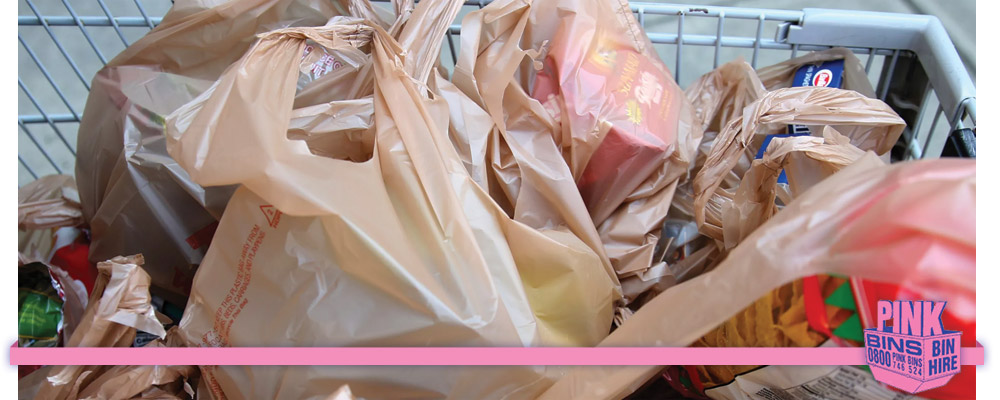“What an outrageous headline,” we hear you say. “Anything’s got to be better for the environment than single-use plastic shopping bags!” Well, not necessarily.
If you are a regular reader of this blog, you’ll know that we are staunch advocates for recycling — particularly products made of plastic. There no doubt that plastic is devastating for the environment. The New Zealand Herald published an article recently describing the carnage plastic is inflicting on New Zealand’s seabirds. For shocking effect, the story features an image of a dead albatross with its stomach cut open to expose what it had been eating for dinner — an assortment of plastic nasties.
So, understandably, the public is pushing back against HDPE and LDPE bags, and good on them. The thing is, though, are the alternatives any better?
Let’s look at three common types of reusable shopping bags.
Polypropylene
These are the type that you can buy from places like New World. They are manufactured from the same material as single-use plastic shopping bags, only they are much thicker. According to studies, you must use a polypropylene bag 14 times before it has a lesser impact on the environment than standard shopping bags. Why? Well, the effect a product has on the environment is determined mainly by the resources and energy required to manufacture it. And, polypropylene bags takes far more resources and energy to produce than the simple HDPE and LDPE varieties.
Paper
Paper is easy to recycle, so what possible harm can a little brown shopping bag do to mother nature? Well, as with polypropylene, you must consider the manufacturing process. Compared to plastic, the manufacture of paper bags takes as much as four times more water and emits as much as three times more greenhouse gas. Also, paper bags are difficult to reuse.
Jute bags
These bags, made from the plant fibre jute, are for the trendy shopper. Again, looking at the manufacturing process, jute bags use nine times more water and 50% more energy than HDPE bags. In fairness, though, some of this is mitigated by the amount of carbon dioxide jute plants consume when grown.
What’s best?
Despite HDPE and LDPE bags having a smaller impact on the environment during the manufacturing process, there is no getting away from the chaos they reap when not disposed of correctly.
So, as long as you get into the habit of taking your reusable polypropylene bags with you when shopping, they are probably best. It won’t be long before you exceed the 14 uses and reduce your impact on the environment.
Did you enjoy this post? If so, please share.

